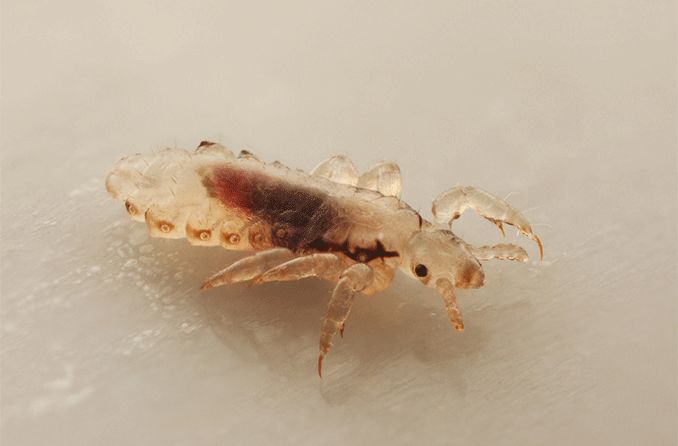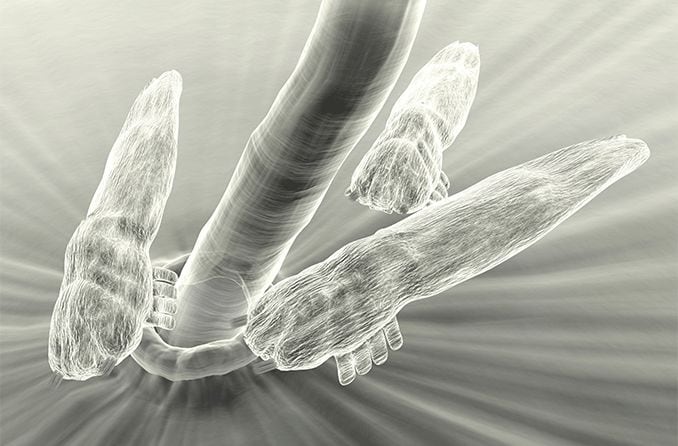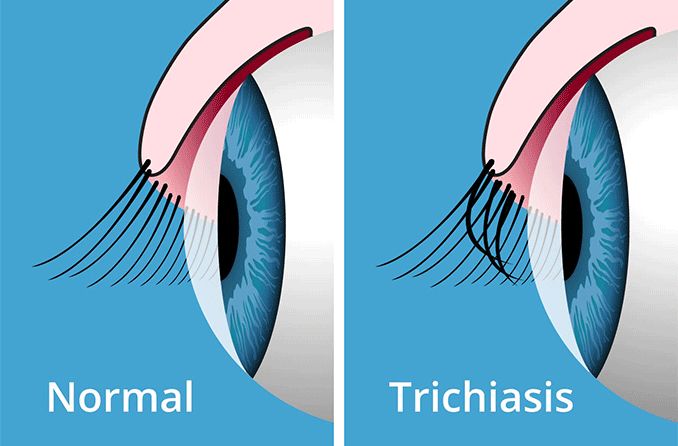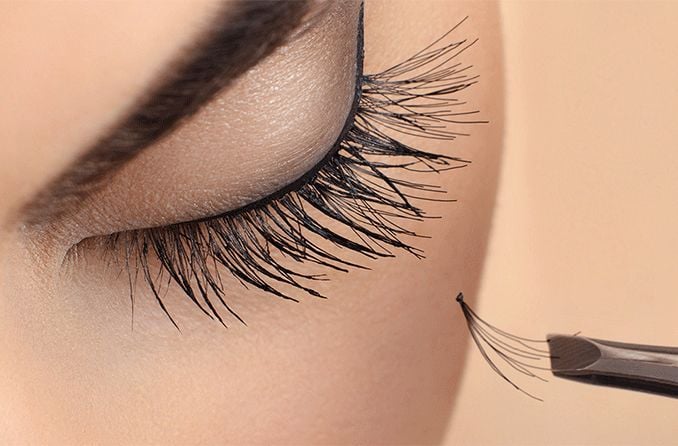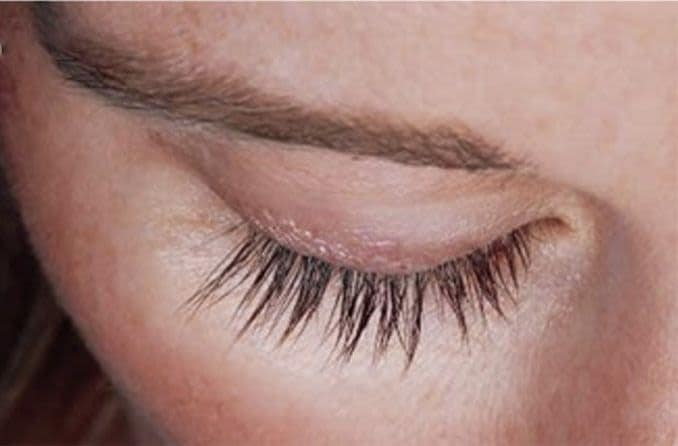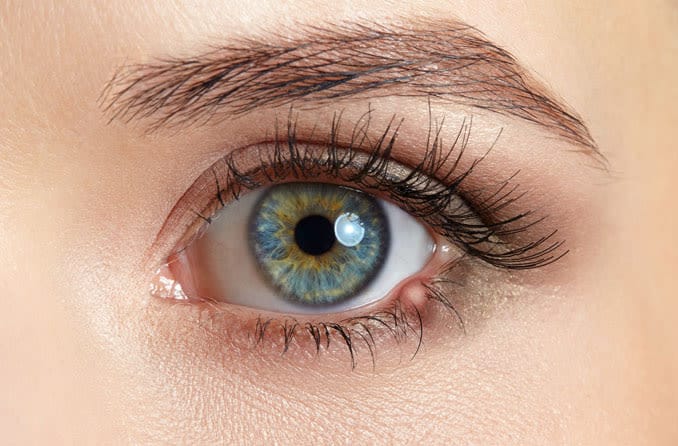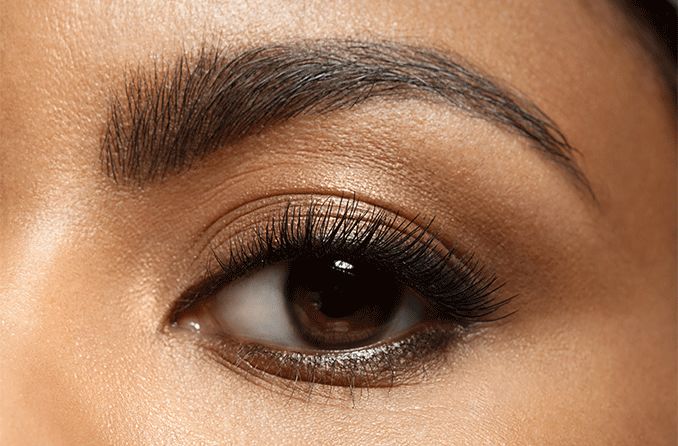What is distichiasis?
Distichiasis (pronounced dis-tic-KAI-asis) is an uncommon condition that results in two rows of eyelashes. The rows may be complete rows, a few extra lashes or a single lash growing next to another. Distichiasis can cause a range of symptoms from minor discomfort to extreme problems.
These eyelashes grow from the eyelid’s inner lining instead of along the eyelid’s edge like normal eyelashes. This can cause the abnormal eyelashes to touch the eyeball. This growth can cause damage to the cornea and cause related eye problems that require medical attention.

